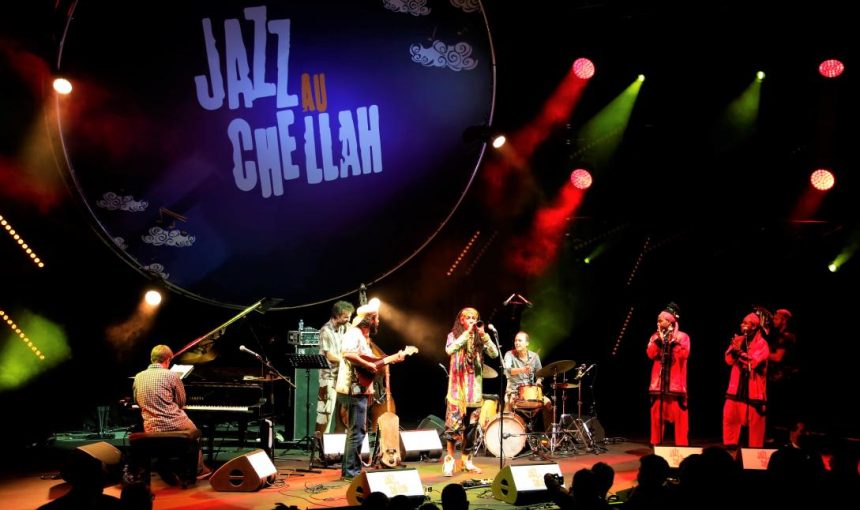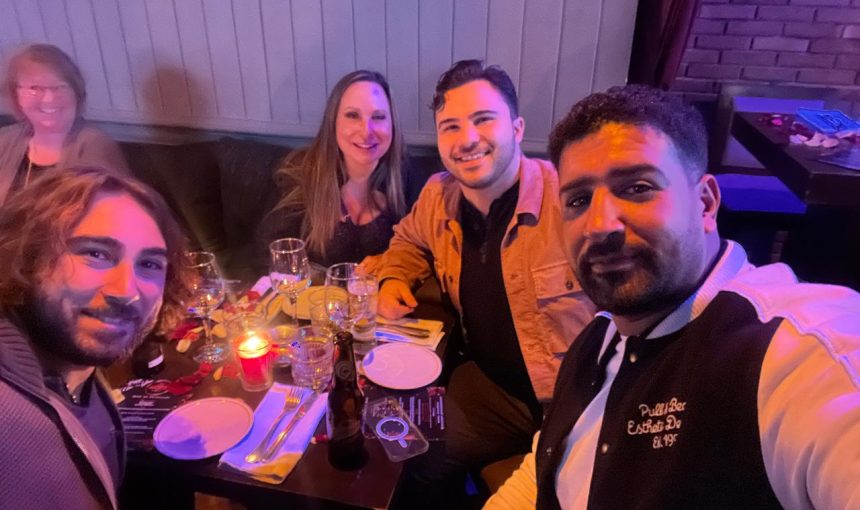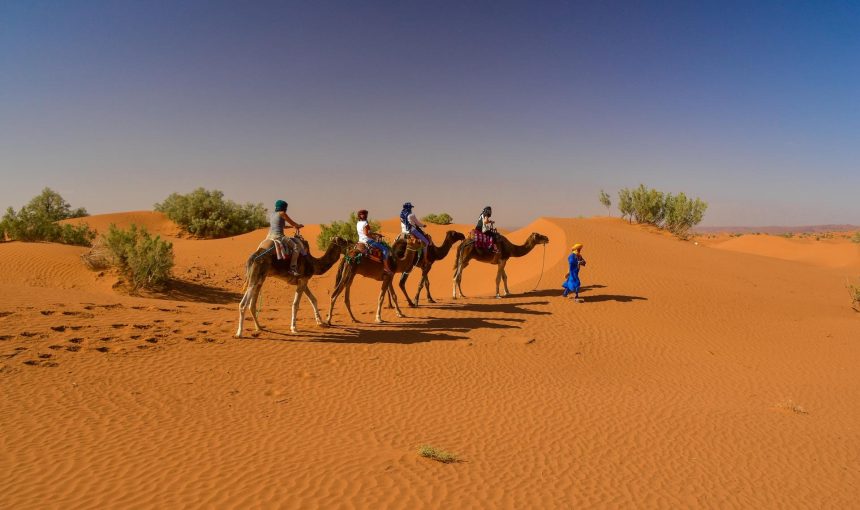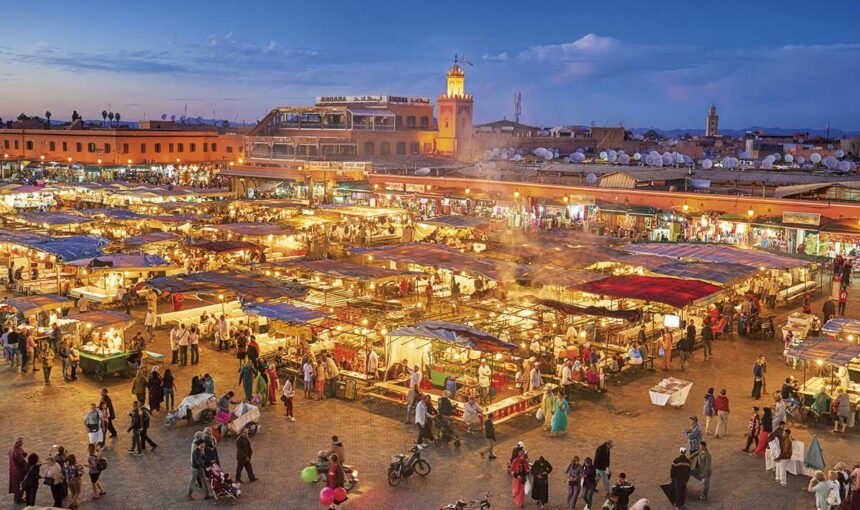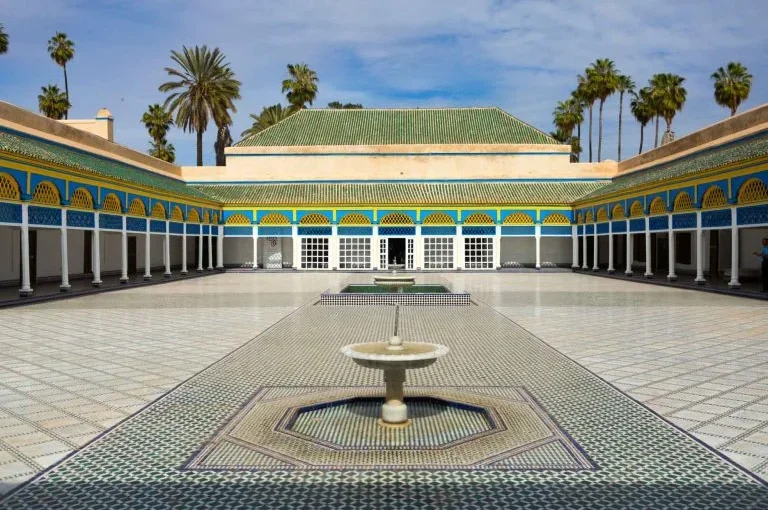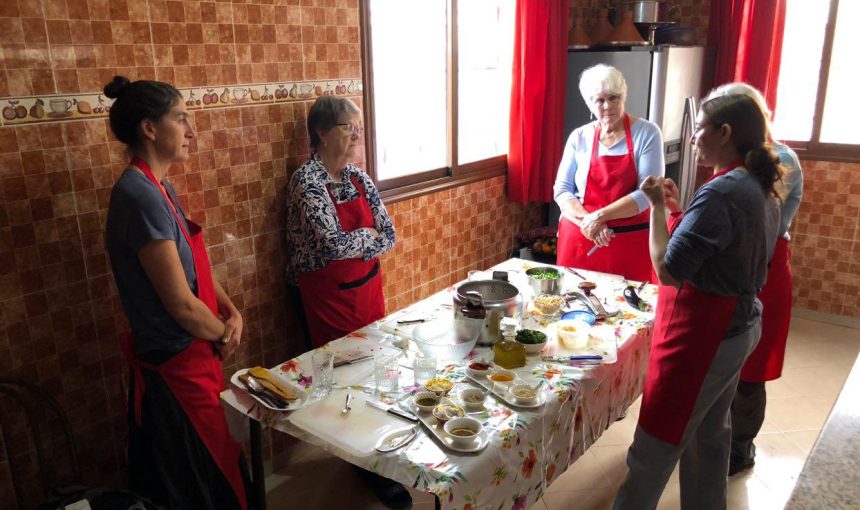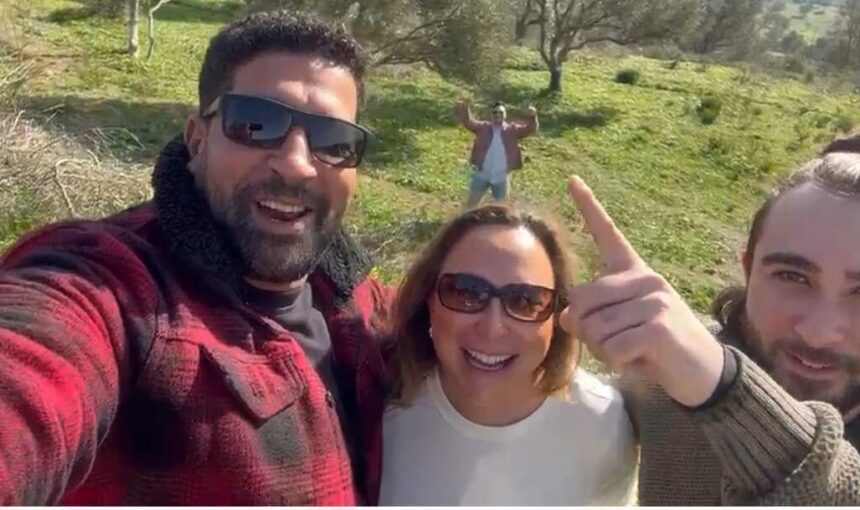Moroccan festivals: From the bustling medinas of Marrakech to the serene oases of the Sahara Desert, this North African gem is home to a diverse array of celebrations that paint the country in a kaleidoscope of colors and rhythms our […]
Moroccan Travels End of year Itinerary
Moroccan travels This December, we are excited to offer a 10-day Discover Moroccan Travels Tour, a perfect opportunity to ring in the New Year while exploring Morocco’s vibrant cities, ancient ruins, and breathtaking landscapes. From the bustling streets of Casablanca to the serene beauty […]
Astonishing Marrakech to Zagora (2025)
Traveling with Our Real Morocco from Marrakech to Zagora offers an exhilarating experience for those looking to explore the diverse landscapes of Morocco and step into the vast expanse of the Sahara Desert. This journey takes you from the bustling city life of Marrakech […]
Marrakech city Tour (2025)
A Marrakech city tour with Our Real Morocco offers an enthralling blend of history, culture, and vibrancy, providing visitors with a mesmerizing experience unique to this iconic Moroccan city. Known as the Red City for its famous red sandstone walls, Marrakech is a destination where traditional […]
Inspiring Marrakech City Tour (2025)
A Marrakech city tour with Our Real Morocco offers an enchanting journey through one of Morocco’s most vibrant and historic cities. Known as the red city due to its distinct red sandstone buildings, Marrakech is a captivating blend of ancient traditions and modern […]
must see sights in Marrakech
Marrakech places are truly captivating. In this post, we’ll explore the best spots in the city. Marrakech is one of Morocco’s most vibrant cities, featuring a wealth of attractions and numerous must-visit sites Bahia Palace (Old city) Bahia, the beautiful, […]
Moroccan cooking class experience!
Welcome to an authentic Moroccan cooking class experience! Join a Marrakech chef in her home for a truly immersive introduction to Moroccan cuisine. After enjoying breakfast at your hotel or riad, our driver will pick you up at 9 AM and take you to […]
Discover Morocco with Our Real Morocco
Let’s discover Morocco a country located in North Africa on the Mediterranean and Atlantic coasts, is a vibrant country of culture, history, and natural beauty. Morocco offers plenty of sightseeing opportunities with its stunning mosques, palaces, medinas, and ancient ruins. […]

